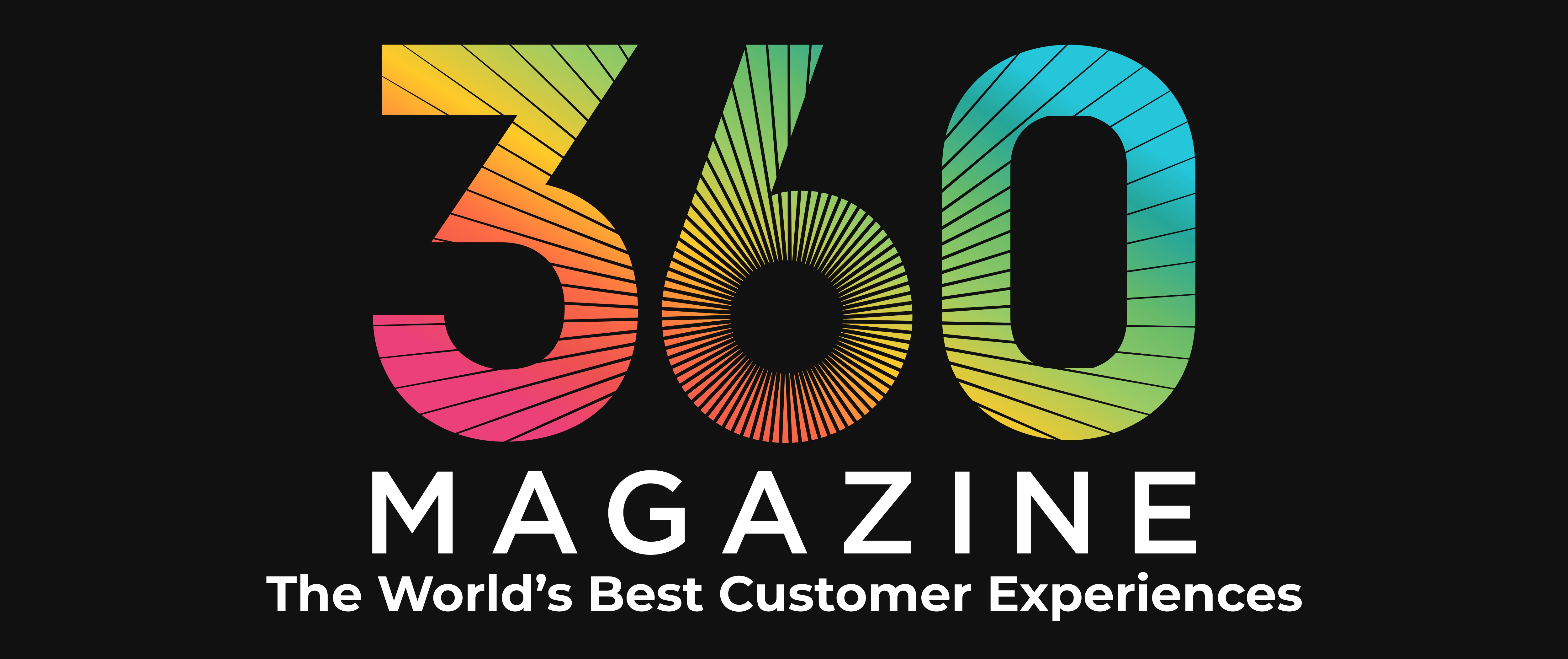Calabrio CXO offers tips to support contact center agents’ mental health

Shane Schick tells stories that help people innovate, and to…
Since their launch last year, contact centers supporting the 988 suicide and crisis hotline have been designed to provide interactions that lead to healing and even save lives. Given that May is recognized as Mental Health Month, their importance is clearer than ever. But to experts like Jim Davies, the workforce behind the 988 contact centers deserves a significant share of the spotlight too.
A former Gartner analyst who joined Calabrio as chief experience officer (CXO) this past November, Davies suggests that 988 contact center agents could expand the discussion around mental health to include those in similar roles across many other organizations. After all, agents are expected to have often tough, emotional conversations with everyday citizens. Are we sure they’re okay?
“I just think, in general, being an agent is becoming a more stressful job,” Davies told 360 Magazine. “The conversations that agents are having tend to be the more complex and more emotional, because the traditional areas – like asking to look at your bank balance or changing an address – are handled by bots now. All that’s left are the more stressful areas.”
Davies said that whether they work in a 988 contact center or a more traditional customer service department, technology will play a critical role in helping managers and other leaders identity when agents’ mental health becomes an issue. The move towards decentralized contact center teams has only accelerated this need.
“There’s definitely that shift of more reliance on technology, because a supervisor can’t walk around the corridor, put their arm around someone’s shoulder and say, ‘Hey, how’s it going today? Let’s go and just go grab a coffee.’ You can’t do that anymore,” he said.
Addressing mental health challenges before they happen
Beyond having analytics in place to help identify agent stress, Davies said organizations can take a number of steps to try and address mental health threats before they emerge. This includes flexible scheduling that provides agents with greater autonomy to choose shifts based on life events, from picking up kids from school to taking a yoga class. The same flexibility should be offered during shifts too.
“You can have agents who have had three bad calls in a row who need a break, but it’s not scheduled until an hour’s time,” he said. “They might need the ability to take that timeout right now, so they can recharge, grab a coffee, go for a walk or whatever else they need to do.”
This kind of dynamic scheduling can be built into workforce management solutions, Davies said, where managers would get notified of a request and approve it on the fly.
Even more traditional technologies, such as interactive voice response (IVR) can be a means to alleviate agent stress, especially in the case of those dialling 988 because they’re experiencing a crisis. The last thing those citizens should have to do is repeat the same information multiple times, Davies said.
Opportunities where AI could reduce stress
During the interaction itself, technologies like artificial intelligence (AI) should be considered as a way of helping directly with needs and requests. Someone calling a 988 contact center, for instance, may need to get booked to see a specialist of some kind. However that process may involve agents diving into a siloed application and hunting through calendars. Davis calls this “interacton assistance” technology.
“Maybe there’s some opportunity here to use AI so that a pop up on the agent’s desktop says, ‘Oh, you’ve selected that this person needs an appointment. I can tell you that there’s an opening available next Tuesday at nine, seven and four,’” he said.
Of course, many organizations have an annual or quarterly “pulse check” engagement survey that could capture mental health indicators. However Davies said that frequently is no longer enough. Instead, he recommended encouraging managers to adopt more day-to-day check-ins, where employees could even use simple emojis to convey the state of their emotional and mental well-being during their shift.
Beyond direct feedback, employers can also gather indirect feedback based on call recordings, which may indicate agents are stressed out or frustrated with hours to go before their next break. A third area is inferred feedback, which Davies said can come from operational data. This includes whether an agent had to reboot their system multiple times during a shift, or whether call times reached a point where they couldn’t take their break on schedule.
“There’s a huge amount more we can do to try and better understand the experiences agents are having,” he said.
The calls coming in through 988 may be at the extreme end of what agents have to tackle, but recent research suggests overall rage among customers is on the rise. Davies said it’s possible the impact of COVID-19 and recent economic pressures are creating stressful conversations among contact center teams of all kinds.
“I think most people have a shorter fuse compared to what they would have had prior to COVID,” he said. “The good thing is that I’m seeing a shift in awareness now. I think we’re at the cusp of addressing it technologically and spending the budget to get it done right.”
Shane Schick tells stories that help people innovate, and to manage the change innovation brings. He is the former Editor-in-Chief of Marketing magazine and has also been Vice-President, Content & Community (Editor-in-Chief), at IT World Canada, a technology columnist with the Globe and Mail and Yahoo Canada and is the founding editor of ITBusiness.ca. Shane has been recognized for journalistic excellence by the Canadian Advanced Technology Alliance and the Canadian Online Publishing Awards.













